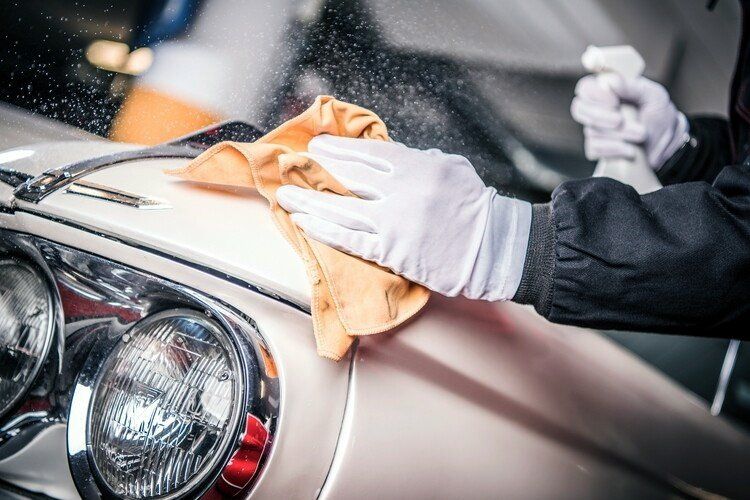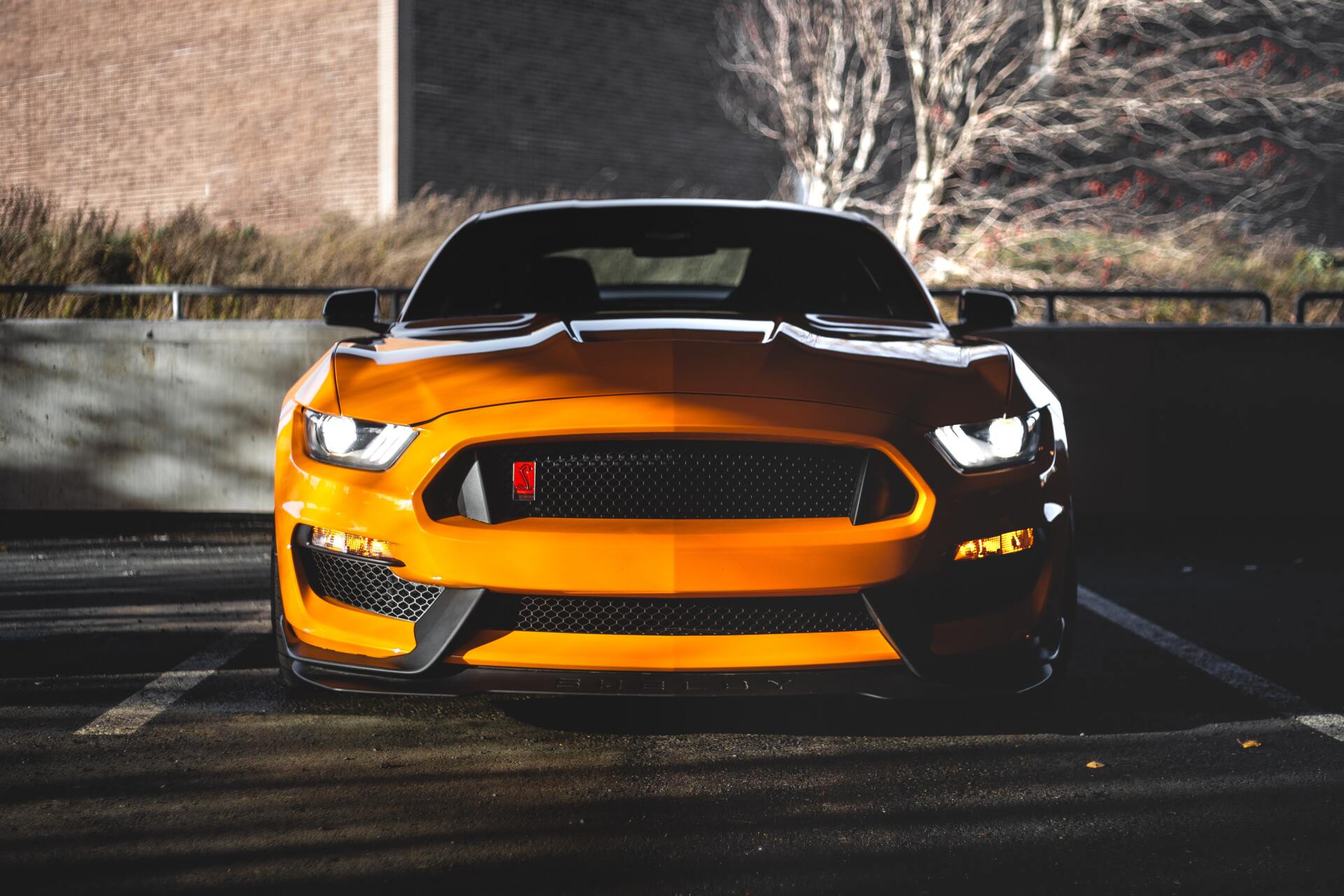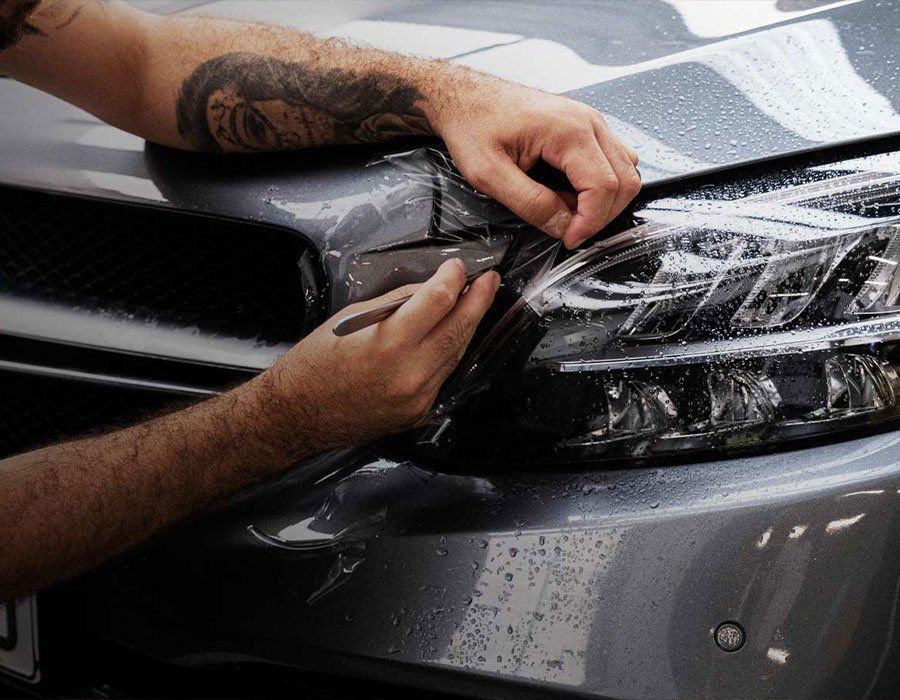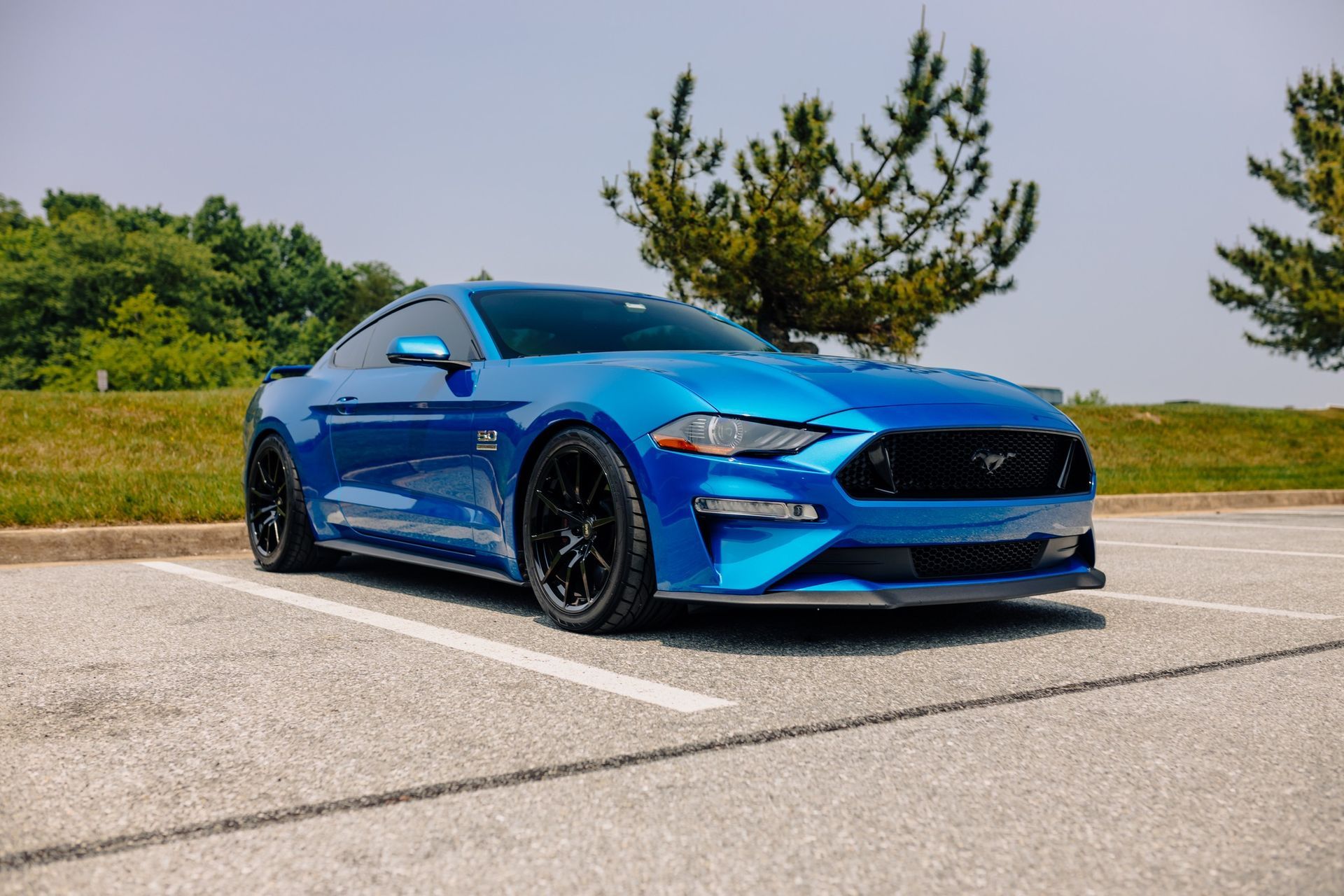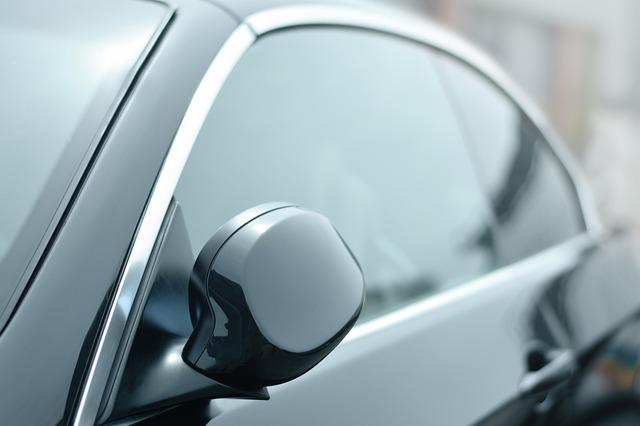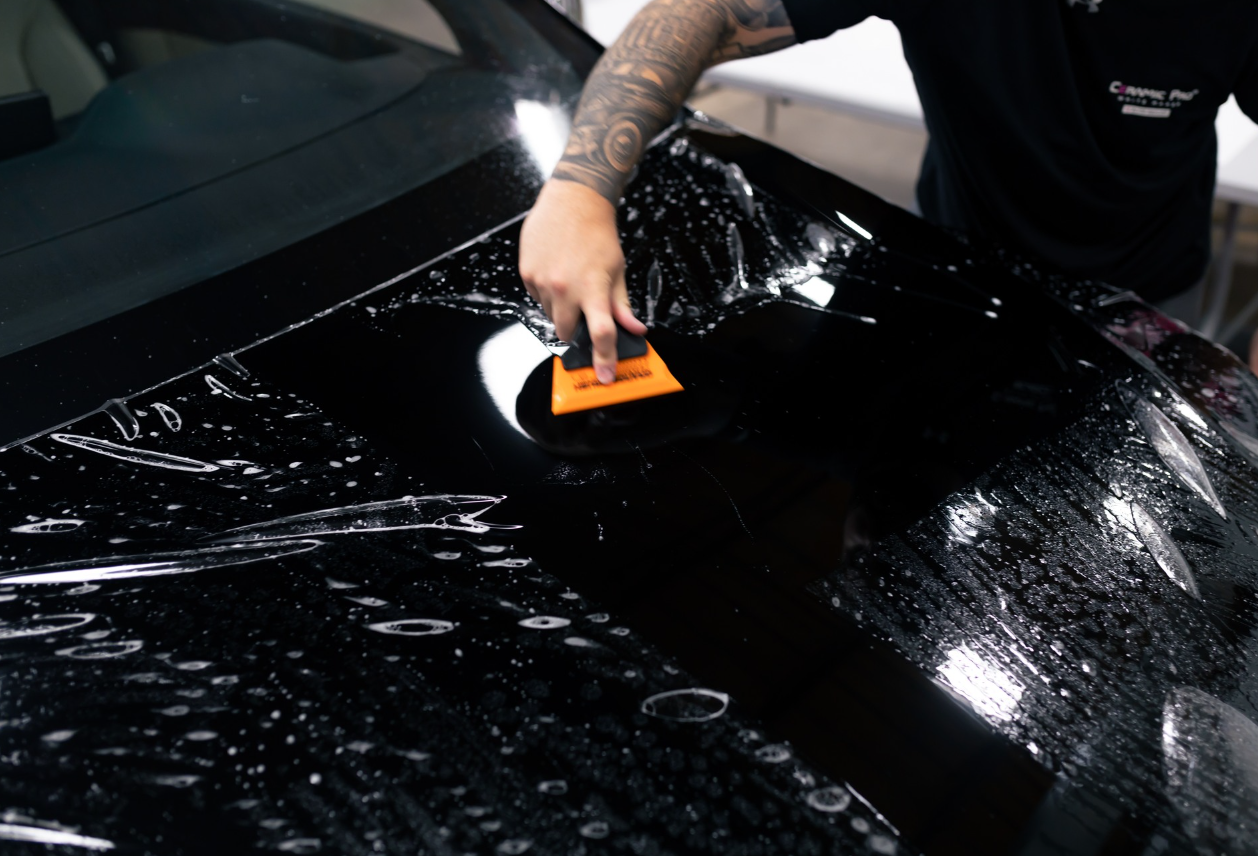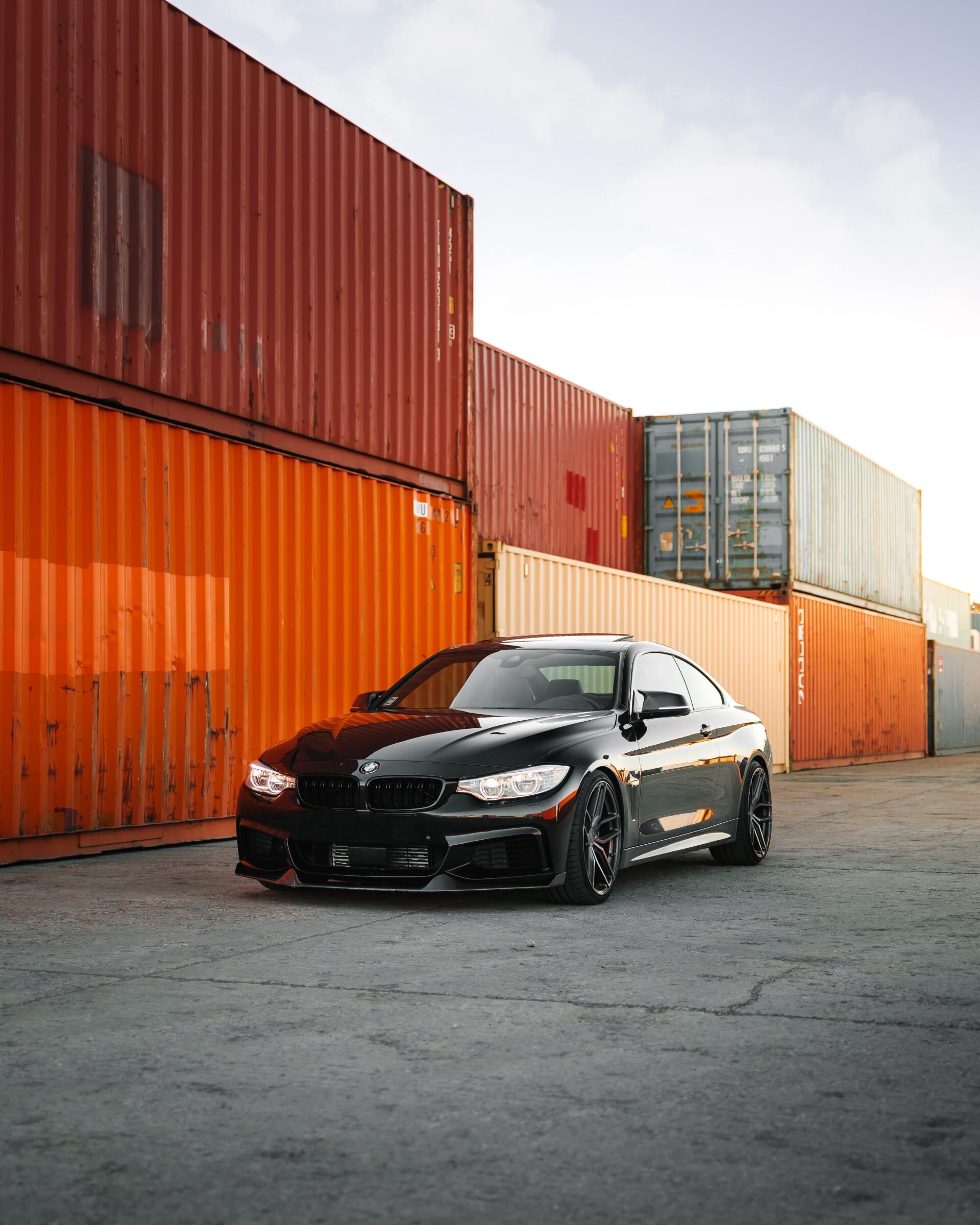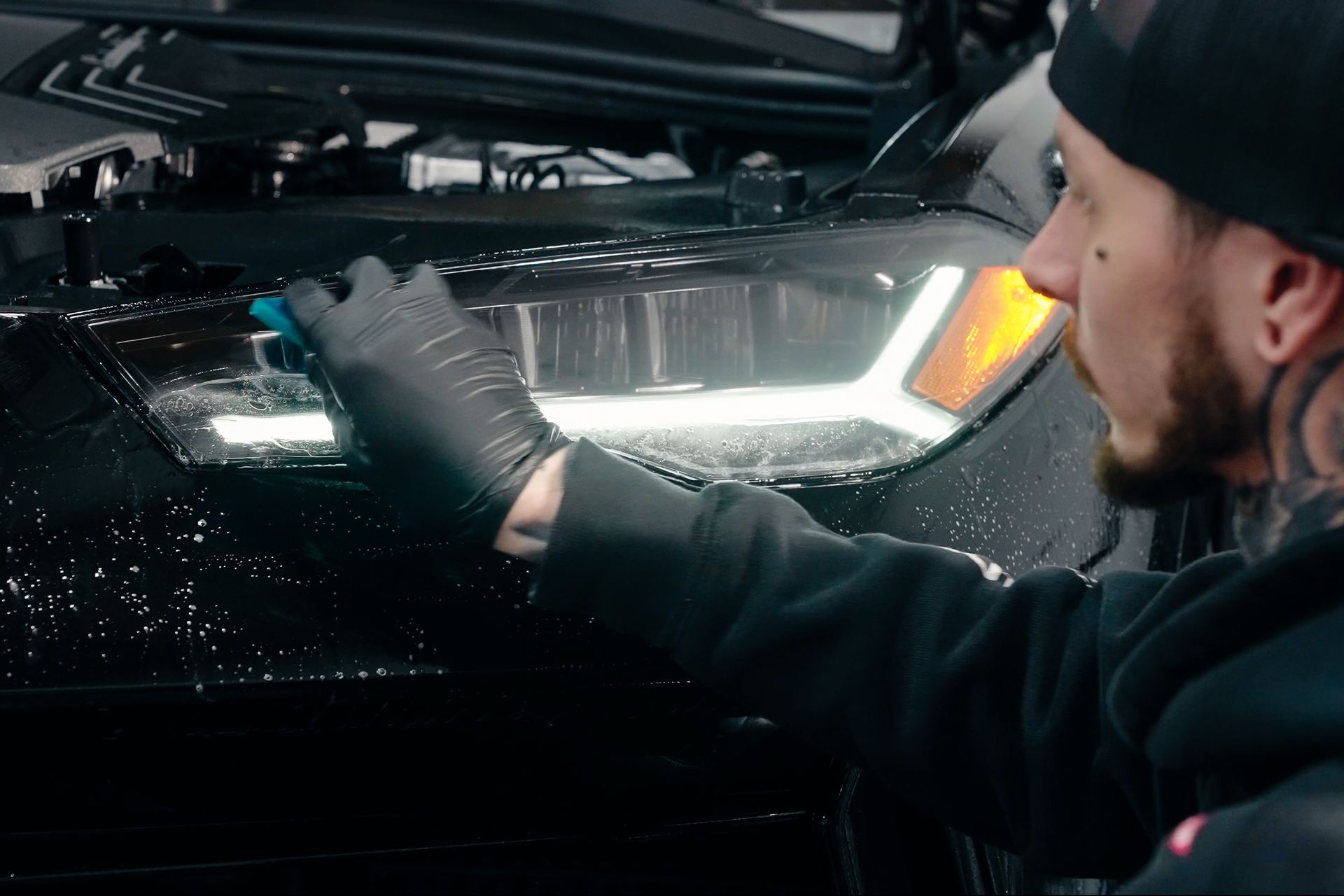Auto Detail Insider's Guide: Ceramic Coating Installation
It may sound like a mystery how to get a shiny, long-lasting coating for your car that also repels water and dirt. But what if we told you it was not magic, but science? Ceramic coating is like armor for your vehicle; it adds a protective layer and maintains its pristine appearance for an extended period of time!
Detailers Guide on Installing Ceramic Coating for Your Vehicle
In this article, we take you through a step-by-step process on how to install ceramic coating. Whether you're a seasoned detailing professional seeking deeper insights or a car enthusiast looking to elevate your auto care game, this hands-on tutorial brings unparalleled value.
Let's dive in!
Understand Ceramic Coating for Cars
If you're a car enthusiast and you want to ensure your vehicle's long-lasting shine and protection, ceramic clear coating is the way to go. Ceramic coatings provide an extra layer of protection for your car's exterior, forming a durable barrier against UV rays, dirt, and other contaminants. This advanced coating technology creates a hydrophobic surface that repels water and prevents dirt buildup.
It also enhances the gloss and depth of your car's paint, making it look brand new. Understanding the process and benefits of ceramic coating is essential to making an informed decision.
Now that we know what ceramic coating is and how it works, let us take a look at the supplies you will need to apply it properly.
Tools and Materials for Ceramic Coating Application
Applying ceramic coating requires specific tools and materials to ensure proper adhesion and longevity.
Here are some essentials you'll need:
1. Microfiber Towels: These soft and lint-free towels are crucial for buffing off excess coating residue without scratching the paint.
2. Clay Bar or Nanoskin Sponge: Before the ceramic coating application, it's important to prepare the surface by removing any impurities or contaminants. A clay bar or nanoskin sponge helps in decontaminating the surface effectively.
3. Applicator Pads: High-quality foam or microfiber applicator pads are necessary to evenly apply the ceramic coating to the vehicle's surface.
4. Ceramic Coating Solution: Choose a reputable ceramic coating product that suits your needs and budget. It's advisable to read reviews and gather information before making a purchase.
5. Isopropyl Alcohol: Cleaning the vehicle's surface thoroughly with isopropyl alcohol ensures there are no traces of wax or polish left behind that could interfere with the bonding of the ceramic coating.
6. Paint Correction Tools (if required): If your vehicle has visible imperfections like swirl marks or scratches, you may need paint correction tools such as a dual-action polisher or compound to level the surface before applying the ceramic coating.
Assume you have noticed some swirl marks on the paint of your car. In that case, a dual-action polisher with appropriate polishing compounds can assist in removing those imperfections and creating a flawless surface for the ceramic coating. By having these tools and materials ready before starting the ceramic coating installation, you'll be well-prepared to achieve optimal results.
Considerations for Perry Hall's Weather
When considering ceramic coating for your vehicle, it's essential to take into account the local weather conditions. Perry Hall experiences a humid subtropical climate with hot, humid summers and cool winters. The high humidity levels and extreme temperature variations throughout the year can impact the durability and performance of ceramic coatings.
It's crucial to choose a high-quality ceramic coating product that is specifically designed to withstand these conditions. Additionally, regular maintenance and reapplication might be necessary to ensure optimal protection against the elements.
Read Also: Choosing the Right Ceramic Coating Package
Preparing Your Vehicle for Ceramic Coating Installation
Before applying a ceramic coating to your vehicle, proper preparation is key to achieving the best results. The first step is to thoroughly wash and decontaminate the exterior of your car.
This includes removing any dirt, grime, or residues that could hinder the bonding process of the ceramic coating. A deep cleaning may involve using specialized products such as iron fallout removers and clay bars to eliminate embedded contaminants. After ensuring a clean surface, it's important to assess the condition of your vehicle's paintwork.
This involves checking for swirl marks, scratches, or other imperfections that may need correction before applying the ceramic coating. Paint correction techniques like machine polishing can help restore the paint's clarity and remove minor defects.
Once the surface has been cleaned and corrected, it's time to prepare for the application of the ceramic coating. This typically involves using a prep solution or alcohol-based cleaner to remove any remaining oils or residues from the paint. This step ensures maximum adhesion of the ceramic coating to the surface.
Imagine you're preparing your vehicle for ceramic coating, like priming a canvas, before applying a beautiful piece of artwork. The better you prepare and clean the canvas, the more vibrant and long-lasting the artwork will be. Proper vehicle preparation sets the foundation for a successful ceramic coating application process, allowing the protective layer to bond effectively and provide the desired level of durability and shine.
- A 2020 survey found that up to 40% of car owners prefer ceramic coatings over traditional wax due to their durability and resistance to external damage.
- According to AIS (Auto Industry Statistics), vehicles with professionally installed ceramic coatings can retain up to 15% more of their resale value.
- According to a study published in the journal Progress in Organic Coatings, nano-ceramic coatings effectively reduce the rate of water absorption by 50%, making them extremely effective in protecting vehicles from both water and UV damage.
Deep Cleaning and Surface Assessment
It is essential to clean your vehicle thoroughly and inspect its surface before applying a ceramic coating. Making sure the coating sticks well and protects your car's paintwork to its best potential is the first step. Begin by thoroughly washing your car using a suitable automotive soap and a soft mitt or sponge.
Pay close attention to removing any dirt, grime, or residue from the surface. Rinse thoroughly to ensure all cleaning agents are removed.
Next, perform a clay bar treatment on the paintwork. A clay bar helps remove embedded contaminants such as tree sap, tar, and industrial fallout that cannot be eliminated through regular washing alone. This step allows for a smoother and more even application of the ceramic coating.
After clay barring, carefully dry your vehicle using high-quality microfiber towels.
It is essential to ensure that no water spots or streaks remain on the surface, as they can interfere with the durability and appearance of the ceramic coating.
Once the car is clean and dry, it is time to assess the condition of the paintwork.
Thoroughly inspect the vehicle's exterior for any imperfections, such as swirl marks, scratches, or oxidation. Addressing these issues before applying the coating will help achieve better results and a flawless finish. By starting with a deep cleaning session and carefully assessing the surface condition of your vehicle, you lay the foundation for a successful ceramic coating application.
This meticulous preparation ensures that the coating will bond effectively with the paintwork and provide long-lasting protection.
Step-by-Step Application of Vehicle Ceramic Coating
Now that you've completed the necessary cleaning and surface assessment steps for your vehicle, it's time to move on to the application of ceramic coating.
Follow this step-by-step guide to achieve optimal results:
- Begin by working on one manageable section of the vehicle at a time, such as the hood or door panel. This approach ensures that you can apply the coating evenly and prevent it from drying too quickly.
- Apply a few drops of ceramic coating to a foam or microfiber applicator. Start spreading the coating in straight lines, overlapping each pass slightly for complete coverage. Take care not to apply excessive pressure or create uneven layers.
- Think of applying ceramic coating as meticulously as painting a beautiful masterpiece; you will need all the patience and focus of an artist.
- For the period the manufacturer recommends, let the coating bond to the surface. This typically ranges from a few minutes to half an hour, depending on the specific product used.
- Once the bonding period has passed, gently wipe away any coating residue with a clean microfiber cloth. Make sure to work in small sections at a time and inspect for any missed spots or streaks.
- Repeat this process systematically across all areas of your vehicle until every inch of the paintwork is covered with the ceramic coating.
Taking the time to follow these step-by-step instructions will ensure that your
ceramic coating application is thorough and effective and delivers superior protection for your vehicle's paintwork.
Techniques for Detailing and Ceramic Coating Application
When it comes to detailing and applying the ceramic coating, it's essential to follow proper techniques to ensure a flawless finish and maximize the durability of the coating.
Here are some key techniques to keep in mind:
Firstly, thorough preparation is crucial. Before the ceramic coating application, make sure the vehicle's surface is clean and free from any contaminants.
This involves washing and drying the car meticulously, as well as using clay bars or decontamination products to remove embedded dirt and grime.
Next, paint correction may be necessary to address any imperfections, like swirl marks or light scratches.
This process involves using polishing compounds or abrasive polishes to restore the paintwork's smoothness and shine before applying the ceramic coating.
A professional auto detailer in Perry Hall would also recommend using a panel wipe or isopropyl alcohol to further cleanse the surface, ensuring optimal bonding between the coating and the paint.
Applying it correctly requires paying close attention to the manufacturer's instructions.
Ceramic coatings are typically applied in thin layers with the help of specialized applicators such as microfiber towels or foam applicator pads.
Work in small sections at a time to ensure even coverage and no streaks or smudges.
Allow sufficient curing time between coats as per product instructions, ensuring that each layer bonds properly before moving on to the next.
Once all desired layers have been applied, allow the coating to cure fully before exposing it to water or other elements.
Now that we've covered techniques for detailing and applying the ceramic coating, let's explore how to maintain and care for this protective layer.
Maintaining and Caring for Ceramic-Coated Vehicle
To keep your vehicle looking great and extend the lifespan of your ceramic coating, proper maintenance is essential. While it provides excellent protection against various environmental factors, it's essential to follow some key maintenance guidelines: Regular washes using a pH-neutral car shampoo will help remove dirt, dust, and contaminants without damaging the coating.
Avoid harsh detergents or abrasive cleaning materials that can potentially strip away the protective layer.
Additionally, utilizing the two-bucket wash method—one bucket for soapy water and another for rinsing your wash mitt—can prevent any dirt or grit from scratching the coating during the washing process. Periodic maintenance also involves applying a spray sealant or top-up coating to enhance the longevity of the ceramic coating.
These products help replenish the hydrophobic properties and add an extra layer of protection.
It's important to note that certain environmental factors in Perry Hall, MD, such as excessive sun exposure or extreme weather conditions like snow or ice, may impact the durability of the ceramic coating. In such cases, additional protective measures like parking in shaded areas or using car covers can help minimize potential damage.
Lastly, regular inspections are essential to identify any issues or areas where the ceramic coating may require touch-ups. Keep an eye out for signs of wear and tear, such as water beading becoming less effective or a decrease in the coating's glossy appearance. By following these maintenance practices and exercising caution in your daily vehicle usage, you can ensure that your ceramic coating stays intact and provides optimal protection for your vehicle's paintwork.
Enhance Your Vehicle's Shine with Expert Ceramic Coating Application in Perry Hall, MD
At Detail Solutions, our application process involves the utilization of Ceramic Pro 9H, a nano-ceramic coating known for its exceptional hardness and resilience. This advanced formula acts as a fortress against environmental contaminants, UV rays, and daily wear, ensuring enduring protection.
Our team of expert detailers goes above and beyond, including a meticulous
paint correction process to ensure a flawless canvas for the ceramic masterpiece. Every contour and curve is given the attention they deserve, resulting in a finish that is more than just shiny but also a testament to automotive sophistication.
Let your vehicle bask in the transformative brilliance of expert
ceramic coating application with
Detail Solutions in Perry Hall, MD. Give us a call or visit us online today for more details and to get a
free quote!



